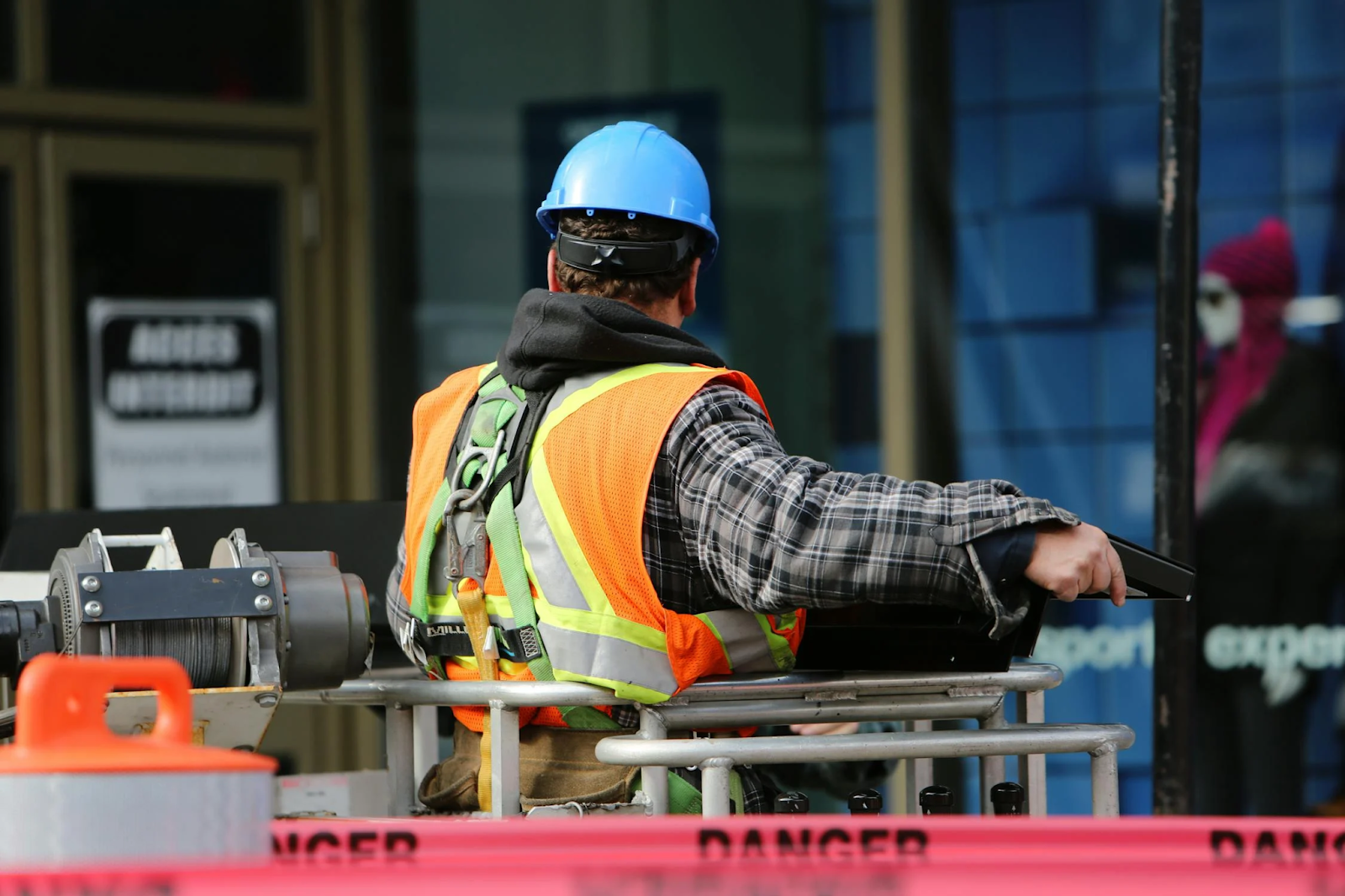Employers have a legal responsibility to provide a safe and healthy work environment. For modern employers dealing with issues like the back pain that plagues as many as 69% of office workers, additions like ergonomic chairs are an expected part of that health pledge.
For many employers, though, ergonomic equipment has become something of a ‘get out of jail free’ card. Yet, while the static nature of modern office work is a priority, it’s far from the only health issue employers should consider. Age-old workplace risks, including the use of equipment, exposure to loud noises, and the potential for mental health problems like worker burnout, still very much exist.
In this article, we consider how ergonomic equipment has become a curtain to proper health considerations in the workplace, and what employees can do about it.
# 1 – A Hassle-Free Gesture
We can all agree that ergonomic equipment including specialist office chairs and standing desks is essential in the modern workplace. Luckily, these are also things your employer can provide with relatively little hassle. In other words, there’s no excuse for a modern manager not to get around to these things.
But, it’s important to remember that ergonomic equipment alone doesn’t create a safe workspace. While managers might think this quick-fire addition is enough, it’s down to employees to continue reminding them that it isn’t. While you can express your thanks for this much-needed equipment, you shouldn’t let your employer blindside you out of also asking for additional provisions that you’re entitled to, including sick pay, regular breaks, and additional services like an occupational health team.
# 2 – A Healthcare Distraction
You want your manager to take their time choosing the best ergonomic equipment. Unfortunately, many managers will take a long time over ergonomic additions to avoid implementing additional healthcare focuses.
In reality, an employer would do far better to spend their time researching things like industry-specific health and safety inspections. In manufacturing spaces, they should also prioritize proper equipment training, as well as the introduction of onsite healthcare professionals. The input of industrial specialized audiologists’ focus areas like workplace noise assessments and reductions could also prove transformative. If anything, ergonomic equipment should be secondary to these essentials.

# 3 – An Argument for Longer Working Hours
You knew it was coming, but many employers also expect longer working hours once they’ve provided ergonomic equipment. In particular, the addition of things like standing desks in the office makes it easier for employers to argue against regular breaks. Equally, the increased comfort of ergonomic chairs can falsely lead employers to believe that you can work overtime without health repercussions.
In reality, though, office workers should take at least ten minutes away from their desks every hour. As well as being for mobility issues, this is to get away from screens that are still in place, even with ergonomic equipment.
Receiving ergonomic equipment at work is always a good thing. But, don’t let your employer blindside you with this half-hearted health and safety gesture.










